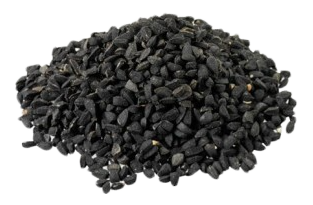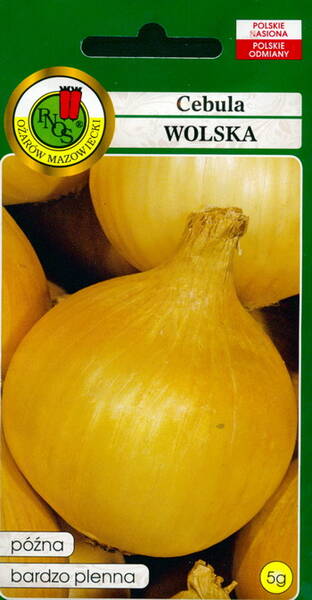Perfect for long-term storage: it could be stored until June.
Highly productive late cultivar (140-150 days), very fertile, characterized by high-quality and even yield.
It produces spherical onions. The flesh is juicy and white, with a unique, very expressive taste.
The expressive taste of the flesh goes well with salads, salads and in boiled, stewed and baked dishes.
The bulb is round and dense, weighing 90-120 g when grown from seeds and 250-300 g through seedlings. Dry scales are straw-golden, juicy - white-cream with a sharp taste.
Variety value: resistance to diseases, uniformity of bulbs, high-quality qualities, friendly return of the crop, suitability for long-term storage until June, excellent preservation of commercial qualities after storage.
Recommended for fresh consumption and processing.
1,0 g = 250-300 seeds.

Hibernal onion.
* Agricultural technology of onions.
Onions prefer fertile, light loams or loamy chernozems with a neutral reaction (cannot tolerate acidic soils or fresh manure).
The best predecessors: cucumber, cabbage, tomato, potato and legumes.
When growing onion sets, the seeds are sown in autumn or early spring (as soon as the soil allows) on ridges, across which grooves are made (every 10-15 cm). Seeds are sown in the ground at a distance of 1-1.5 cm, to a depth of 1.5-2.0 cm. After sowing, the soil is slightly compacted.
When sowing in autumn, the rows are mulched with humus and peat. The sets are removed as soon as the leaves begin to turn yellow and lie down.
When growing onions, the seeds are sown in early spring with a row spacing of 20-30 cm, sowing depth of 1.5-2.0 cm. In the phase of 2-3 true leaves, the crops are thinned out at a distance of 3-4 cm between plants. If necessary, fertilize. Complex mineral fertilizer NPK is used for feeding. From July, fertilizing and watering are stopped.
In Estonia, onions are often grown from sets. Its planting is carried out in the first ten days of May, because when planted at an earlier date, the bulbs may shoot. The bulbs are planted to a depth of no more than 1 cm, and it is important that the neck is not covered with soil. Onion sets are planted in rows, according to a pattern of 20-25 cm between rows, 5-10 cm between onions.
During the period of leaf growth, onions are very demanding of soil moisture, and the ripening of the bulb occurs better in dry, sunny weather, so watering is stopped 3-4 weeks before harvesting.
During the growing season, several feedings are carried out:
- at the beginning of leaf growth - nitrogen-phosphorus fertilizers at the rate of 15-20 g per 1 m²;
- liquid organic fertilizers: horse manure (1:10), mullein (1:6), bird droppings (1:20);
- during the period of bulb growth, fertilize with phosphorus-potassium fertilizers at the rate of 15-20 g per 1 m².
When carrying out fertilizing, it is important to take into account that excessive doses of nitrogen lead to an increase in plant disease, and the bulbs turn out loose and are poorly stored.
You can start harvesting the bulbs when more than 30% of the leaves turn yellow and fall off.












